World Press Photo of the Year was not a fake
Experts pored over stunning image of Gaza burial after claims surfaced it was 'stitched together'
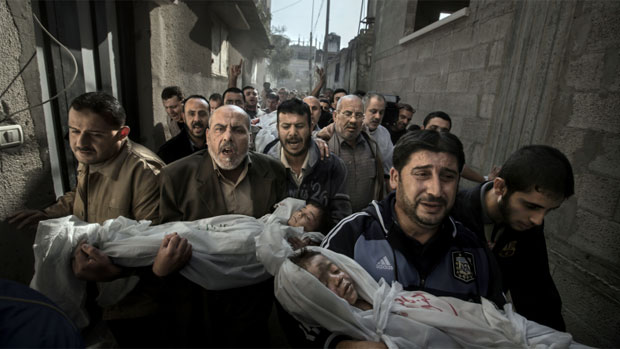
THE old adage that 'the camera doesn't lie', has been severely tested once again, after the winner of the prestigious 2013 World Press Photo of the Year was accused of being a "fraudulent forgery".
Swedish photojournalist Paul Hansen's winning picture was taken on 20 November last year and shows the bodies of two Palestinian children killed in an Israeli missile strike in Gaza City being carried down an alleyway. Gaza Burial is undeniably powerful, but shortly after it was declared the winner of photojournalism's top prize in February, rumours began to circulate that it had been extensively manipulated by image editing software. The most contentious issue was the "incredible lighting" on the grieving men's faces.
The controversy went public when a forensic image analyst called Neal Krawetz added a post to his blog claiming that his analysis of the image suggested it had been "significantly altered". Krawetz, who examined the history of changes made to the picture using Photoshop, concluded that Hansen had stitched together three versions of the scene to create a single, arresting frame.
The Week
Escape your echo chamber. Get the facts behind the news, plus analysis from multiple perspectives.

Sign up for The Week's Free Newsletters
From our morning news briefing to a weekly Good News Newsletter, get the best of The Week delivered directly to your inbox.
From our morning news briefing to a weekly Good News Newsletter, get the best of The Week delivered directly to your inbox.
Krawetz's claims were picked up by the extremetech website, which suggested it was only a matter of time before Hansen was stripped of his award. Explaining why the photographer would have manipulated the image, the website said: "Later, realizing that his most dramatically situated photo was too dark and shadowy, [Hansen] decided to splice a bunch of images together and apply a liberal amount of dodging [brightening] to the shadowy regions."
Hansen vehemently denied accusations he had manipulated his picture in a way that contravened photojournalism's "currently accepted standards" of digital retouching. But World Press Photo, concerned by the growing controversy, appointed two experts to analyse the winning frame.
Dr Hany Farid, professor of computer science at Dartmouth College, and Kevin Connor, the CEO of the image authentication company Fourandsix Technologies, examined Hansen's RAW file of Gaza Burial – the original unaltered copy of the image captured by the camera. They concluded that Hansen had applied a "fair amount of post-production, in the sense that some areas have been made lighter and others darker". But Farid and Connor "ruled out" any suggestion the image was a composite. As a result, Gaza Burial has been reconfirmed as the 2013 World Press Photo of the Year.
Hansen told news.com.au he was pleased to be vindicated. "I have never had a photograph more thoroughly examined, by experts and different photo-juries all over the world," he said. "The photograph is certainly not a composite or a fake".
A free daily email with the biggest news stories of the day – and the best features from TheWeek.com
-
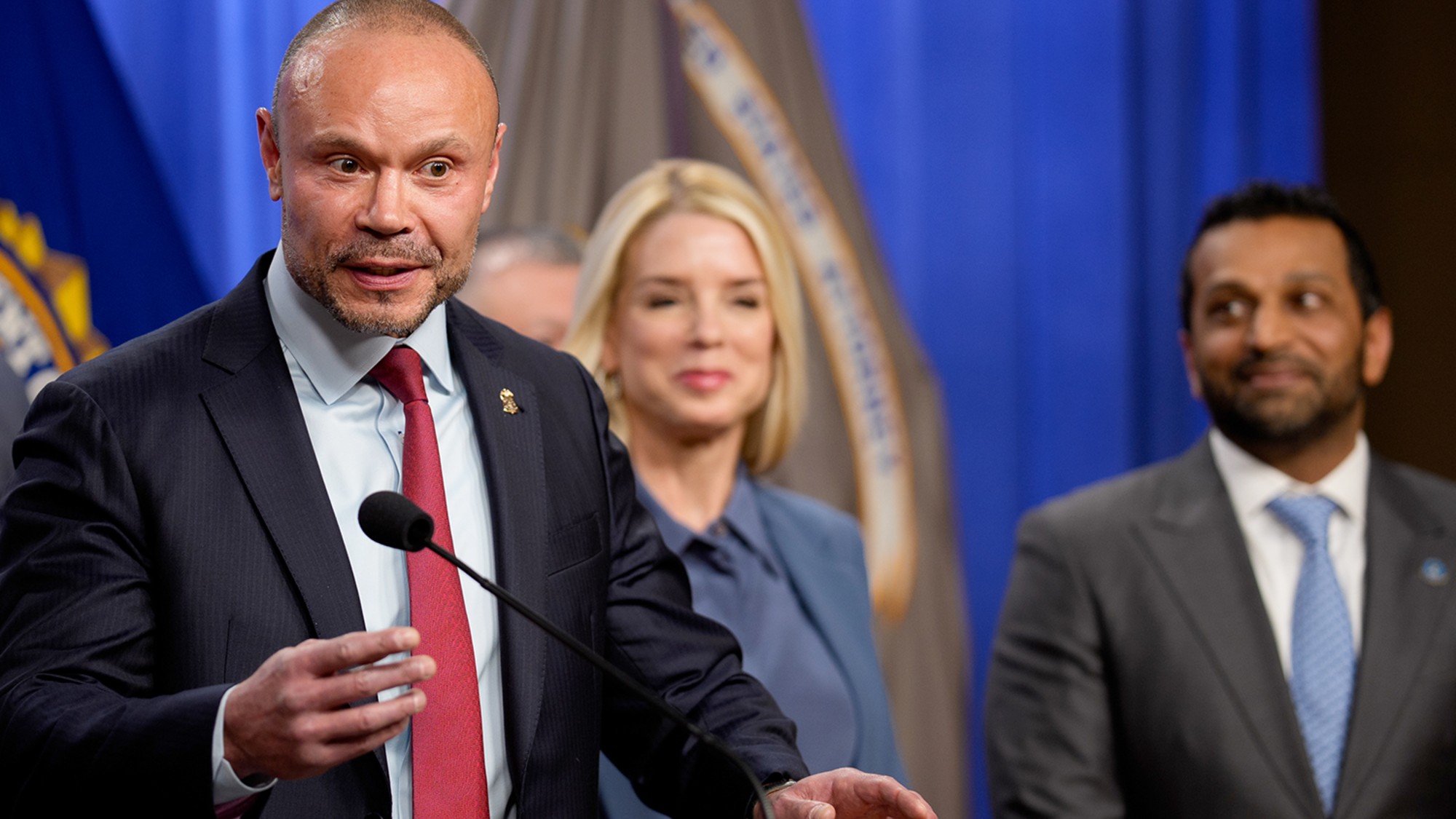 Pipe bombs: The end of a conspiracy theory?
Pipe bombs: The end of a conspiracy theory?Feature Despite Bongino and Bondi’s attempt at truth-telling, the MAGAverse is still convinced the Deep State is responsible
-
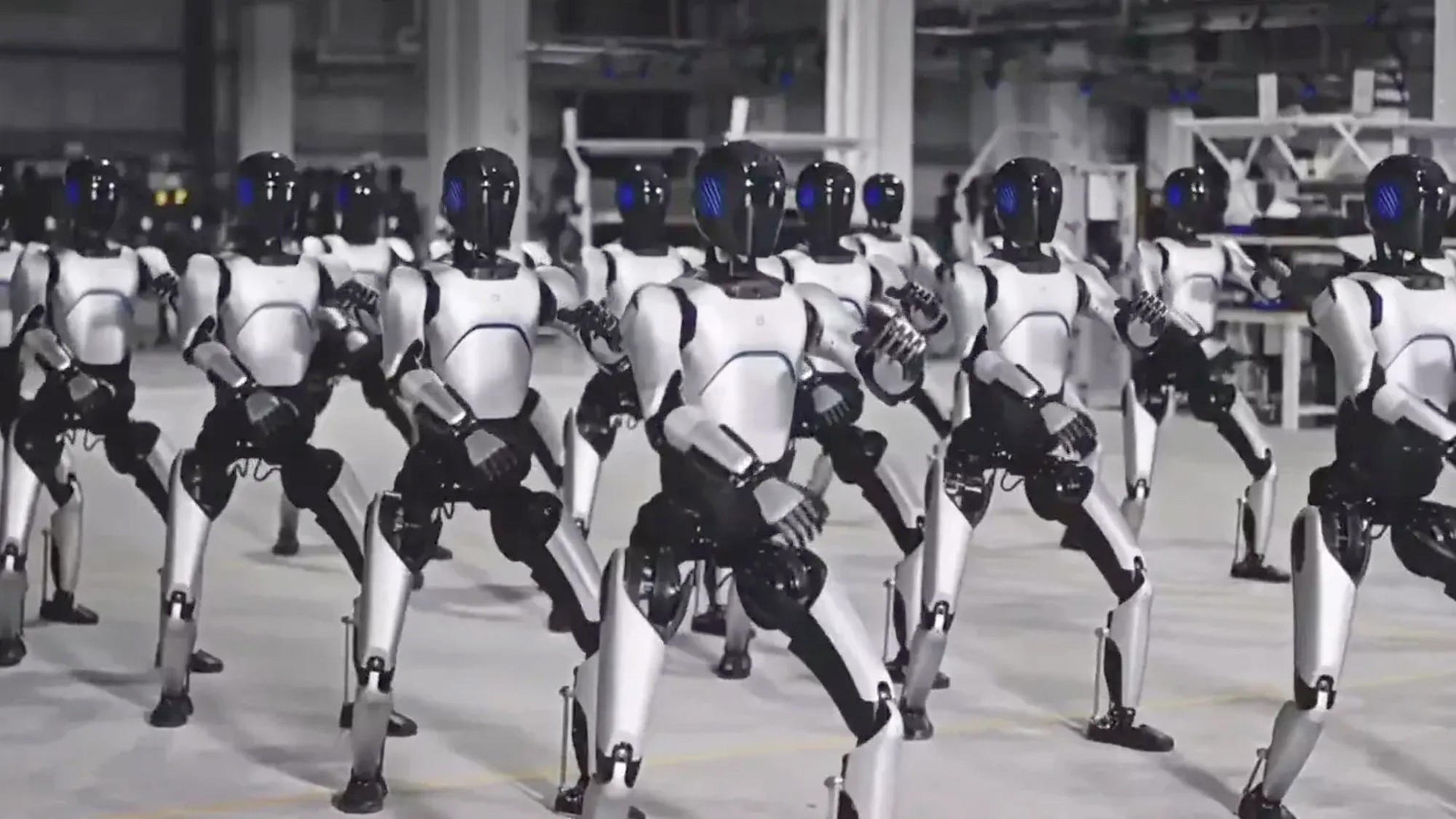 The robot revolution
The robot revolutionFeature Advances in tech and AI are producing android machine workers. What will that mean for humans?
-
 Health: Will Kennedy dismantle U.S. immunization policy?
Health: Will Kennedy dismantle U.S. immunization policy?Feature ‘America’s vaccine playbook is being rewritten by people who don’t believe in them’
-
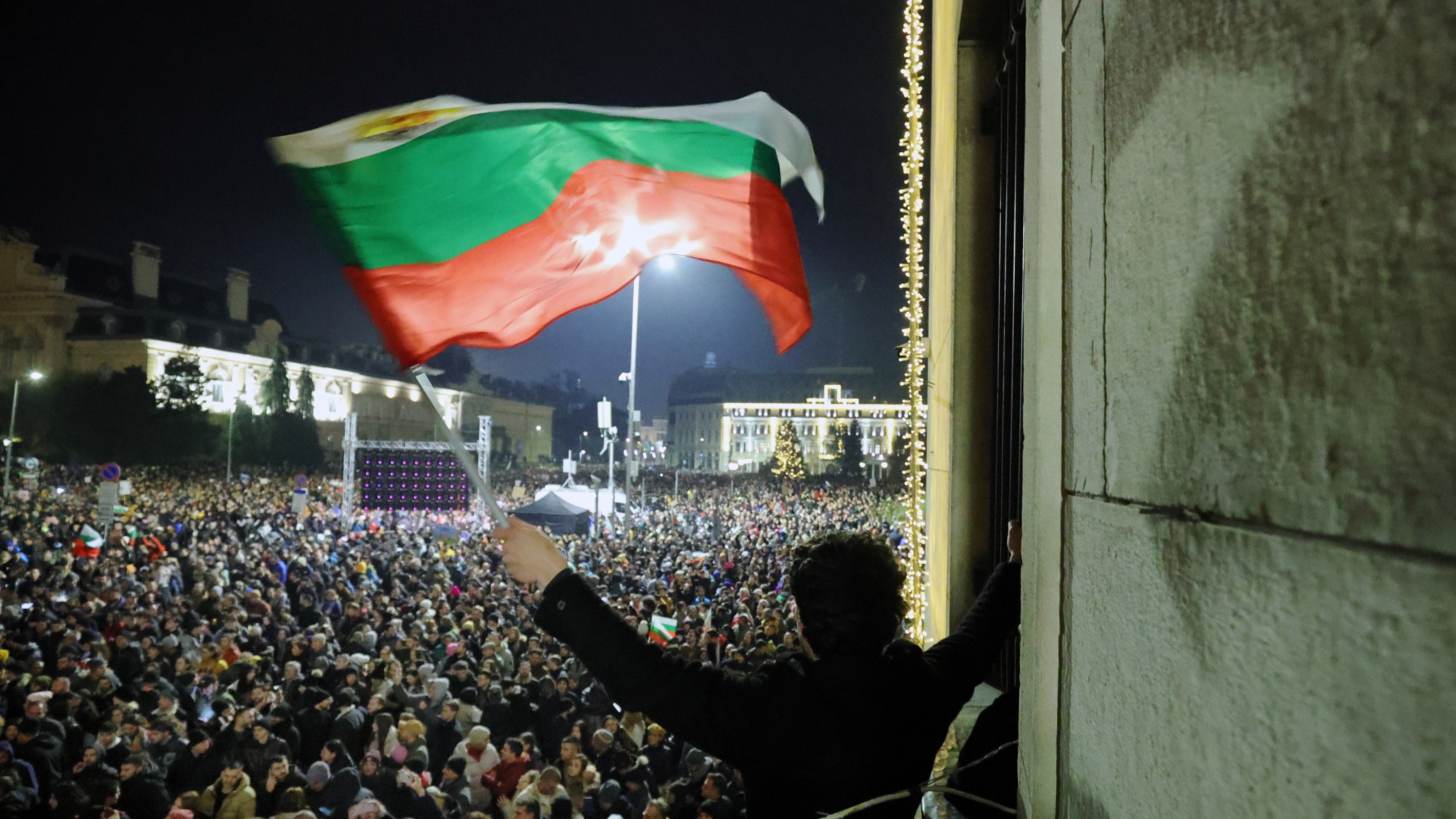 How Bulgaria’s government fell amid mass protests
How Bulgaria’s government fell amid mass protestsThe Explainer The country’s prime minister resigned as part of the fallout
-
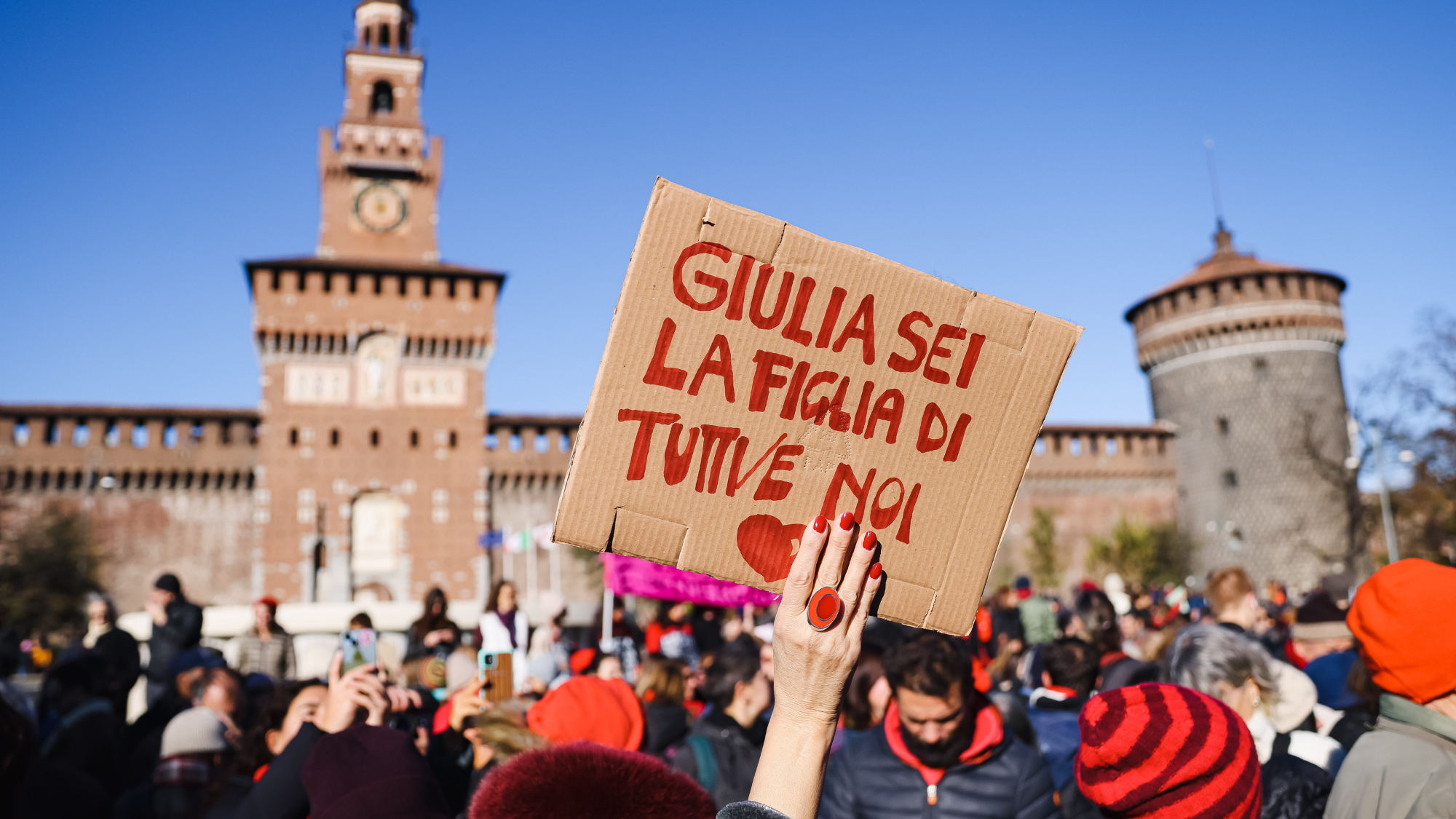 Femicide: Italy’s newest crime
Femicide: Italy’s newest crimeThe Explainer Landmark law to criminalise murder of a woman as an ‘act of hatred’ or ‘subjugation’ but critics say Italy is still deeply patriarchal
-
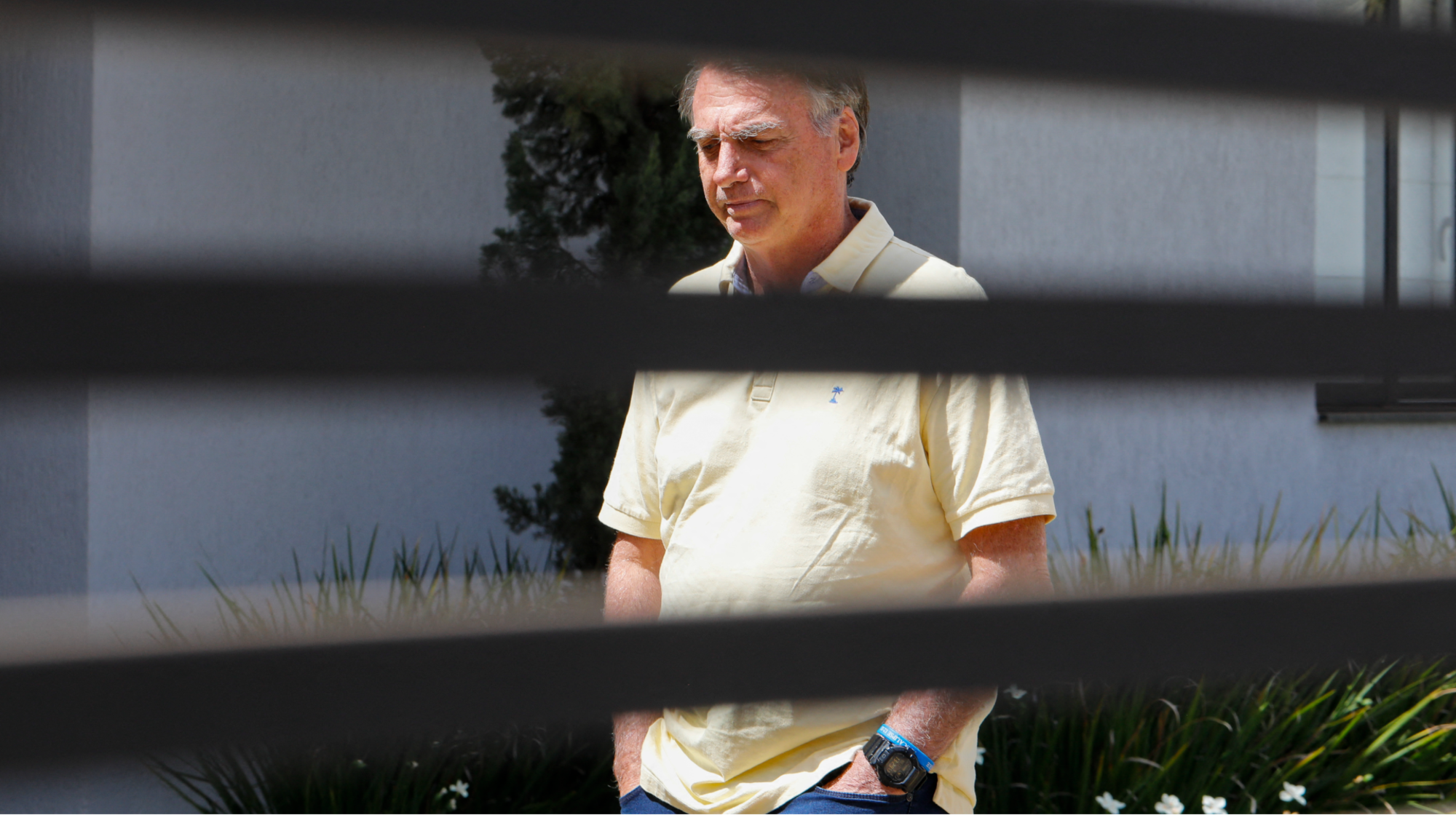 Brazil’s Bolsonaro behind bars after appeals run out
Brazil’s Bolsonaro behind bars after appeals run outSpeed Read He will serve 27 years in prison
-
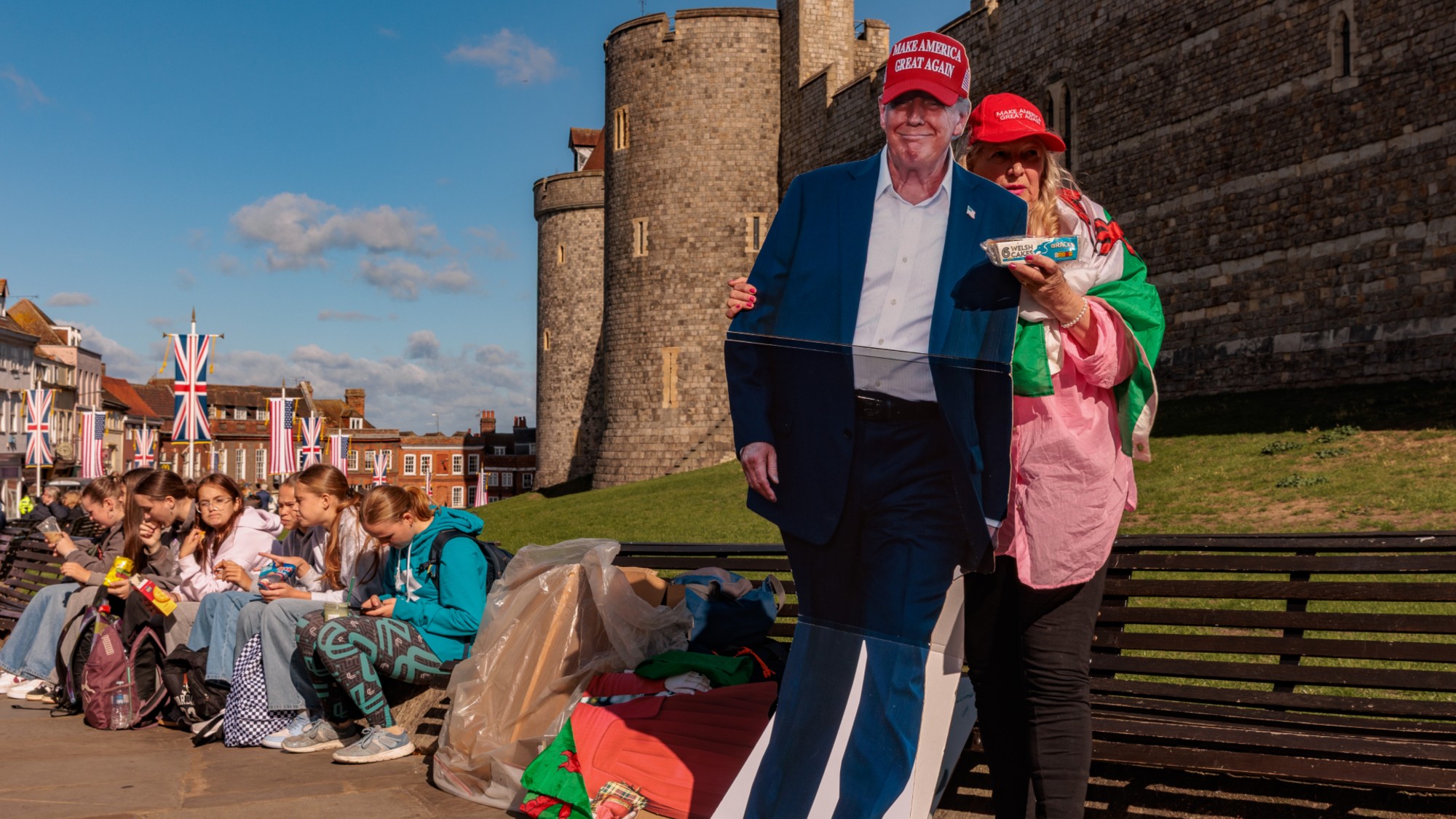 Americans traveling abroad face renewed criticism in the Trump era
Americans traveling abroad face renewed criticism in the Trump eraThe Explainer Some of Trump’s behavior has Americans being questioned
-
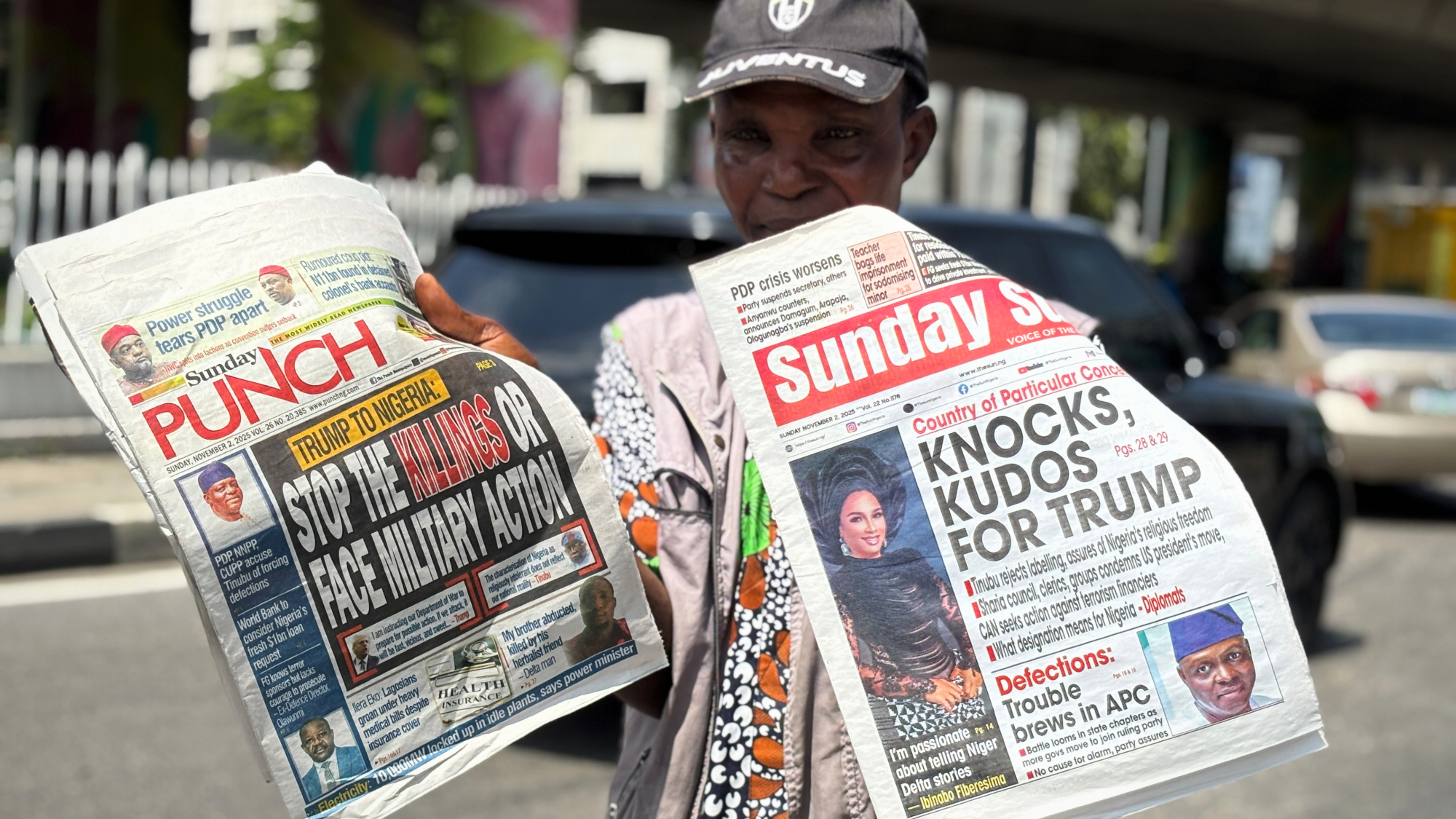 Nigeria confused by Trump invasion threat
Nigeria confused by Trump invasion threatSpeed Read Trump has claimed the country is persecuting Christians
-
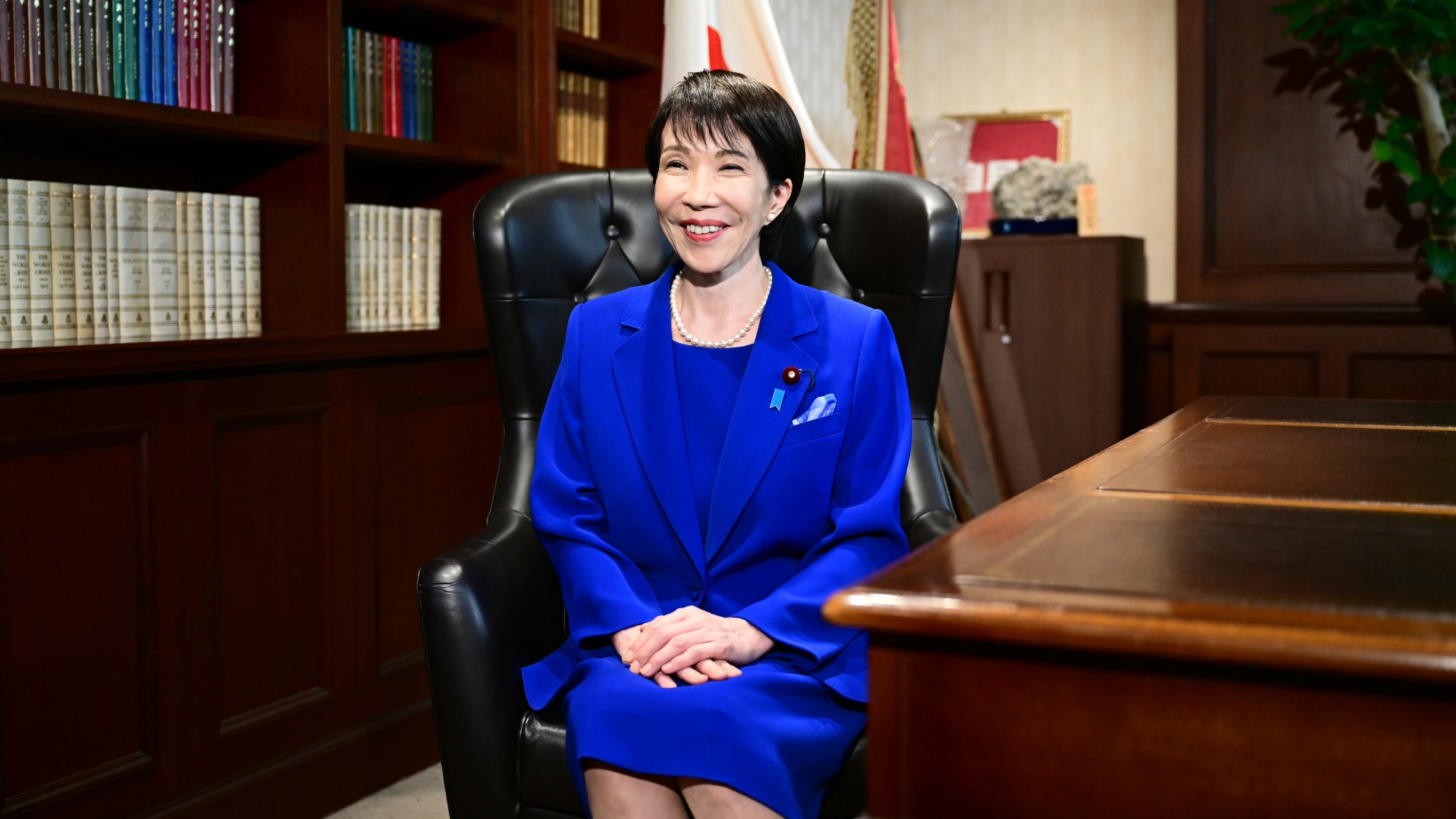 Sanae Takaichi: Japan’s Iron Lady set to be the country’s first woman prime minister
Sanae Takaichi: Japan’s Iron Lady set to be the country’s first woman prime ministerIn the Spotlight Takaichi is a member of Japan’s conservative, nationalist Liberal Democratic Party
-
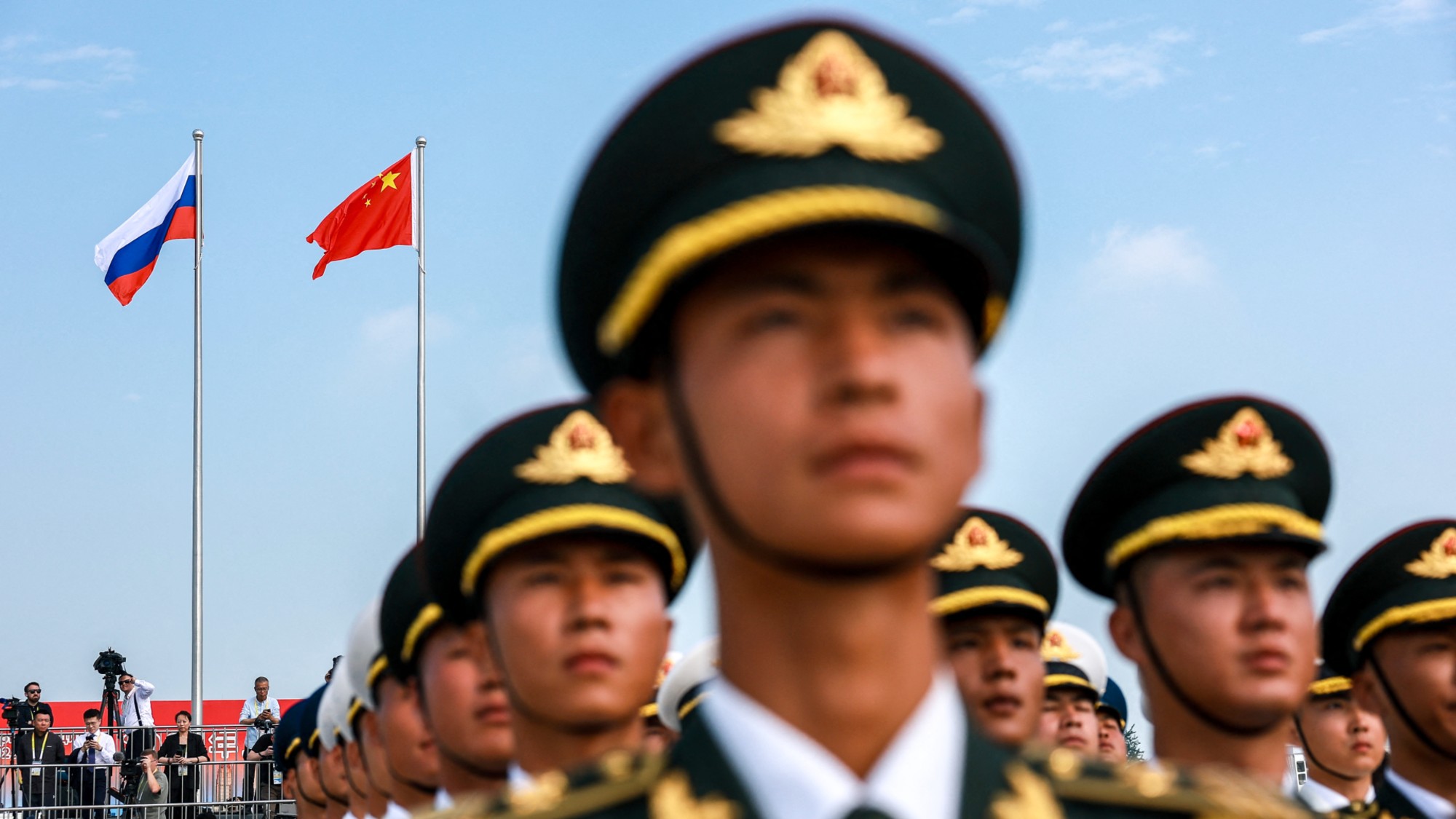 Russia is ‘helping China’ prepare for an invasion of Taiwan
Russia is ‘helping China’ prepare for an invasion of TaiwanIn the Spotlight Russia is reportedly allowing China access to military training
-
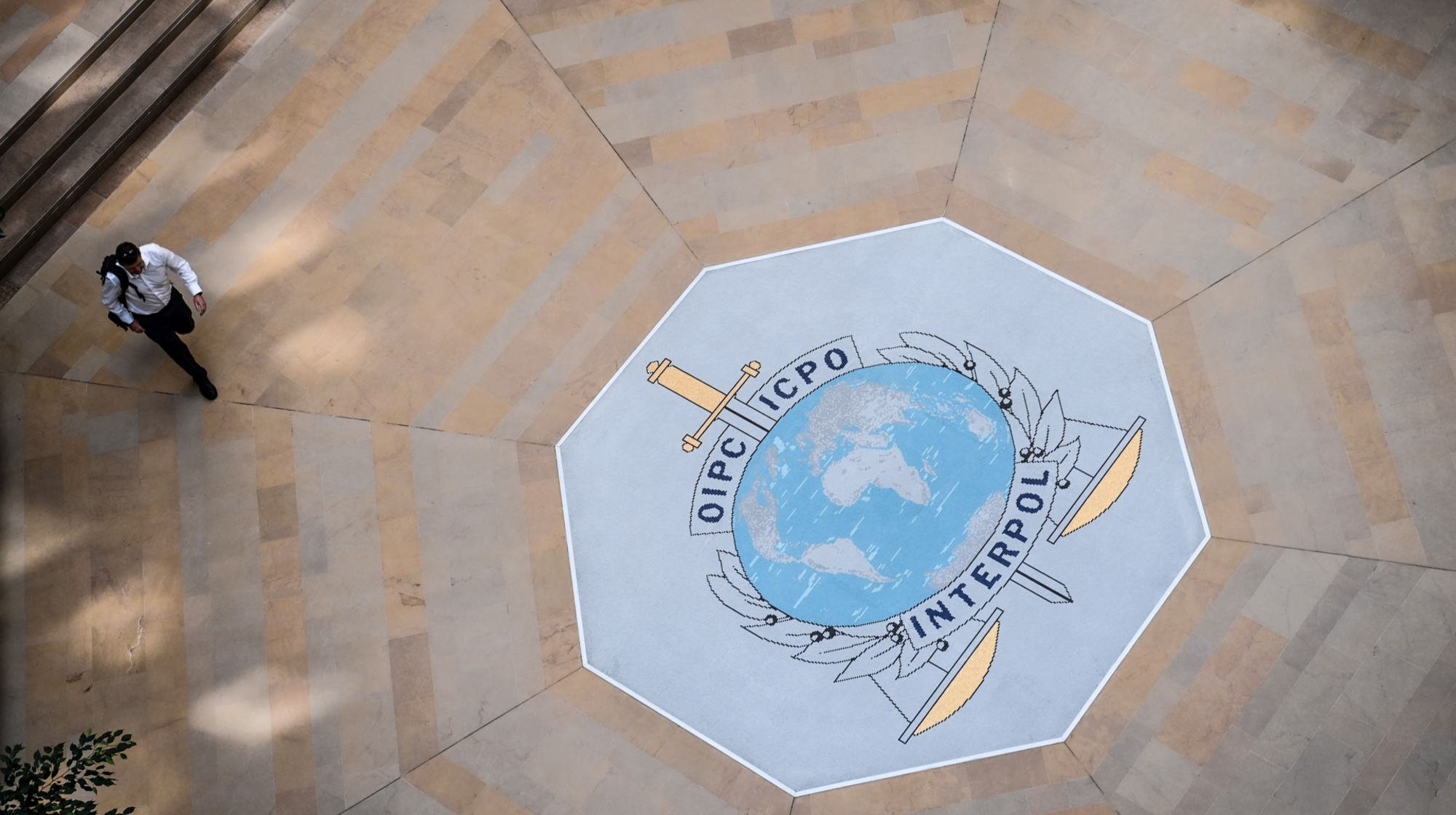 Interpol arrests hundreds in Africa-wide sextortion crackdown
Interpol arrests hundreds in Africa-wide sextortion crackdownIN THE SPOTLIGHT A series of stings disrupts major cybercrime operations as law enforcement estimates millions in losses from schemes designed to prey on lonely users